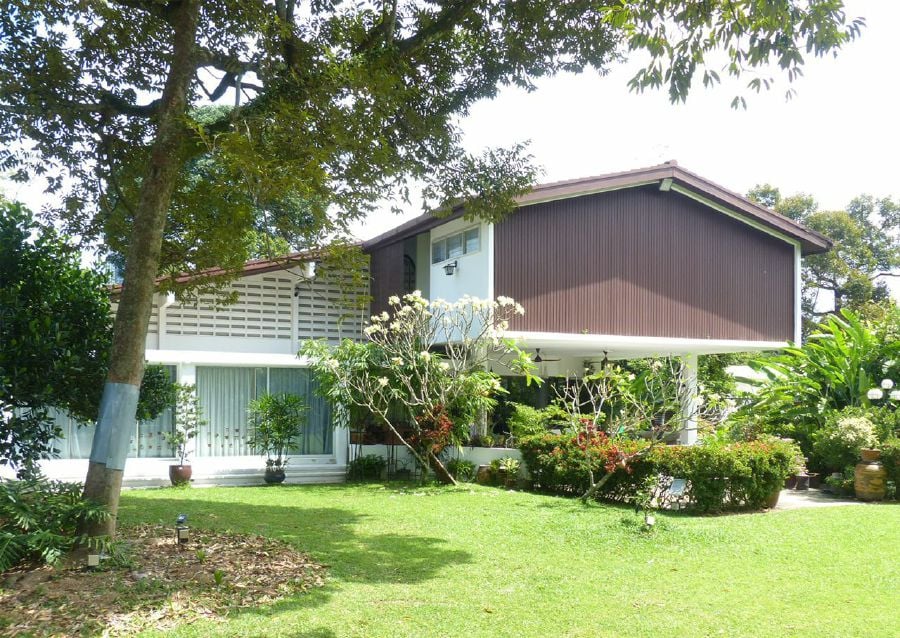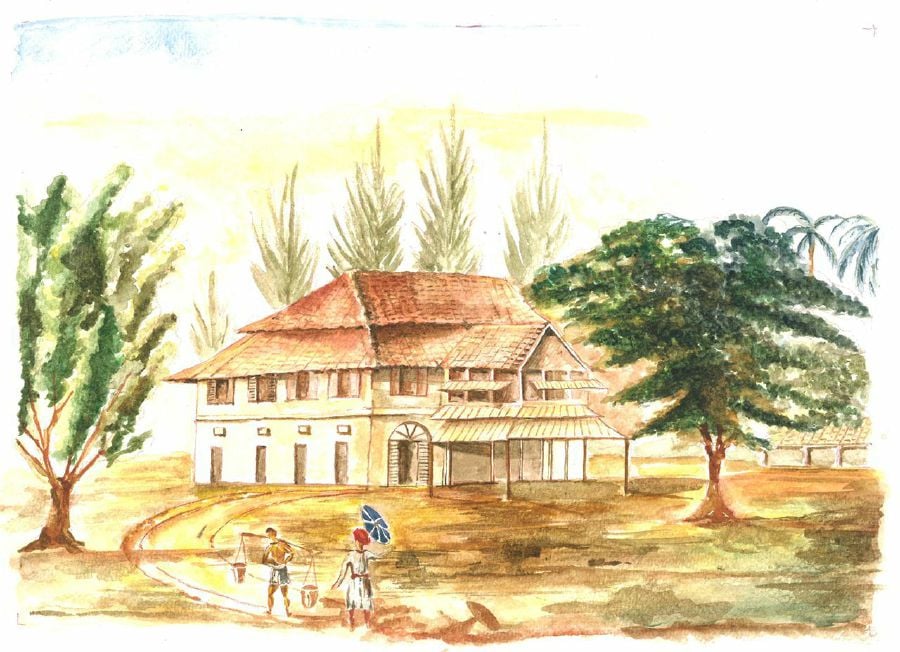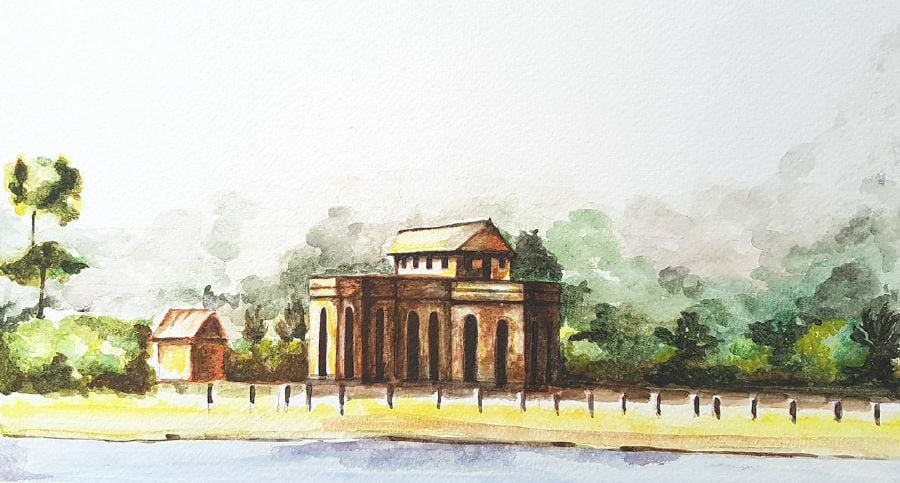New book showcases Penang as ‘architectural cradle’ of modern Malaya May 31, 2022 – Posted in: In The News, Reviews
Travellers and locals have come to realise that there is more to Penang than just solid historical structures wherever they turn.
Thanks to author Jon Lim Sun Hock, the work of more home-grown architects is now showcased in his latest book –– The Penang House – Rise of the Malaysian Architect 1887-2017.
The book, put together by Penang-based Entrepôt Publishing, talks about more than architects and architecture.
Even non-students of history, conservation and architecture can learn from this coffee-table book by going through the photographs, which have done us the great favour of taking us into private homes we would otherwise not be allowed to enter!
Gracious homes and buildings of Penang and the great minds who designed and built them, are celebrated with detailed research presented in the form of a timeline of Malaysian architects from 1786 to 2017.

“I have been investigating architecture traditions in the region since teaching an undergraduate programme at the National University of Singapore between 1972 and 2002,” the 80 year-old Lim penned in the preface of his latest book.
His first book — The Penang House and the Straits Architect 1887-1941, looked at colonial architects of that period.
Lim said he ventured to put pen to paper with the second book with his conviction that Penang is the “architectural cradle” of modern Malaya and Malaysia.
Lim said his first Penang House book had “contained the seeds of an evolving nationhood”, by introducing topics like sibling rivalry interests of the local architects from those of the colonials.
“During my investigations, more material evidence that the locals charted their own course of progress surfaced, as through the Penang Persatuan Akitek Malaysia (PAM) Northern Chapter from the 1970s.

“This second book, therefore, consolidates my view that Penang had much to do with establishing local architectural identity and development, hand in hand with the evolution of a civil administration in the country.”
Lim describes himself as a “kid running around the block” during the post-war years and recalls how young Malayans were setting their hearts on studying overseas at that time.
“In 1949, Kington Loo, our family friend, visited us in our home in Kuala Lumpur when we had just shifted from Penang.
“He announced his intention to study architecture at the University of Melbourne.
“A few years later, both my cousins from Penang – Johnny Heah and Heah Hock Heng – left to study architecture at Cambridge University.”

Lim said it was Kington who introduced him to a new form of architecture which in turn, made a great impression on the young Lim.
“This came from a slew of modern houses located at Bukit Tunku or Kenny Hills in Kuala Lumpur.”
He described the homes as sleek-looking forms that “seemed to float above the hills and valleys of the terrain,” and added that Kington’s own house at Number 3, Girdle Road was “cutting-edge architecture, supported by a pair of `boomerang’ stilts.”
The pre-war houses he noted, were all dark and sombre, and “no modern houses had ever looked like this.”
From Jalan Macalister and Jalan Burmah on the island to many of its surrounding areas, Lim takes his reader to gorgeous mansions and tropical-style homes around the island.

He also singled out architects who were behind these buildings and styles applied in showcasing their work.
The book features the works of 25 prominent architects starting from the colonial era which saw the rise of Lim Soo Loon and Chew Eng Eam to architects like Laurence Loh (synonymous with Penang’s Blue Mansion and Suffolk House), Farid Kamal, Mathew Tan Kian Hoo, Derrick E. David and the late Tan Yeow Wooi.
“At the core of the book, is Lim’s mapping of the transformation from the vernacular to the British and birth of new local firms in Penang, and thus the formation of the backbone of Penang’s architectural fraternity,” PAM president Datuk Ezumi Harzani Ismail pens on the book’s inside cover.

“Today, their enthusiasm continues, not only in building innovative projects but also in protecting Penang’s rich culture and history through conservation of its heritage and buildings … the ultimate architectural inheritance for future generations.”
Source: New Straits Times, 28 May, 2022
The Penang House, Rise of the Malaysian Architect 1887-2017 is available at Areca Books.
